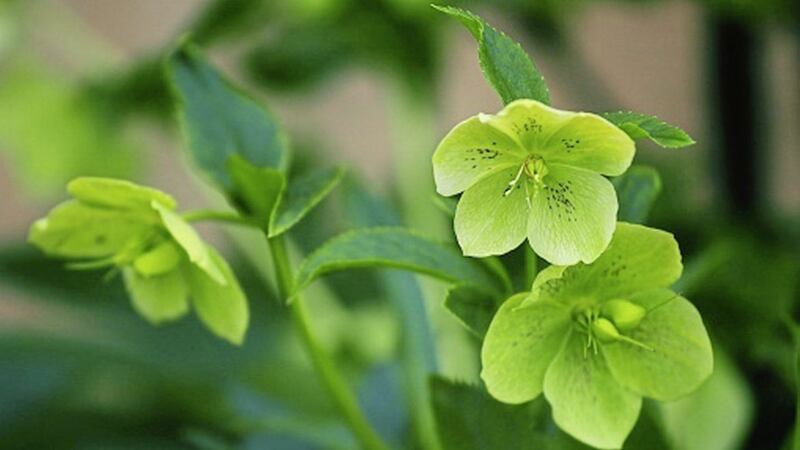THERE’S an oriental poppy in my garden that’s upright and threatening to flower. I’m surmising this has been prompted by the recent prolonged spell of unseasonably mild and calm weather. Even in their normal blooming period in June, the tissue paper-like flowers of Papaver orientale are delicate, lasting in full for only a day or two, so I imagine in January its presence will be short-lived if it does decide to unfurl itself.
Other plants appear to be coming on a little too early, which could have repercussions if we experience a sudden cold snap for which they are ill-equipped. There’s daisies, herb-Robert and dandelions in bloom if you’re seeking wild bellwethers, while in the garden the crocuses seem further on than normal for January and a few rogue snowdrops look like they’ve been fooled into flowering.
Alongside these premature and mildly incongruous flowers, you’ll find those whose reputation is founded on a January display. It’s the first month of the year, yes, but on the gardening calendar it could easily be described as at the very tail end. In February, we’ve got St Brigid’s Day and daylight until six o’clock by the last week of the month, so I’m going to be controversial and nominate next month as the pivot point in the gardeners’ year.
Seasonal blooms at this time of year include witch hazel, winter jasmine and of course, hellebores – the collective name for the various species of the genus Helleborus.
When most other plants are in down time, hellebores come into their own, though the plant’s rather bashful, downward facing flowers are far from ostentatious.
Also known as the Christmas rose or lenten rose, because it is usually in flower over the festive season, this is a plant built for winter, one that copes easily with snow or frost. Its branches may droop a bit when temperatures fall below zero but helleborus will soon straighten up as the mercury slowly rises.
According to centuries’ old legend, the Christmas rose emerged in the snow from the tears of a girl who had no gift for the baby Jesus in Bethlehem. However, those callously seeking to debunk this nativity tale could point to Greek writings from circa 700 BC linking helleborus and mythical physician Melampus.
A member of the Ranunculaceae (buttercup) family, hellebores are said to be symbol of pioneering and survival, and were supposedly cultivated around people’s homes in the Middle Ages in order to ward off evil winter spirits.
Most Hellerborus are native to the forests of south and central Europe and west Asia and can be spotted in the wild in the Alps, Carpathian and Appenine mountains.
Helleborus niger, a clump-forming, usually evergreen perennial, is much loved for its nodding clusters of bowl-shaped white flowers. The attractive deep green foliage consists of multiple smaller leaves, while the flowers of the various cultivars are usually white. Favoured varieties are‘Christmas Carol’, ‘Dafine’, ‘Shining Star’, and ‘Jushua'.
Helleborus orientalis has yellow, pink and dark purple flowers, and there are also varieties with spotted blooms. Like Helleborus niger, this Christmas rose comes in various sizes, from small enough to be used in a hanging basket through to a tall bush which needs a substantial pot or a big spot in the border.
Plant in a sheltered, sunny spot in reasonably fertile soil bearing in mind that the more shaded its position, the fewer flowers it will produce.








